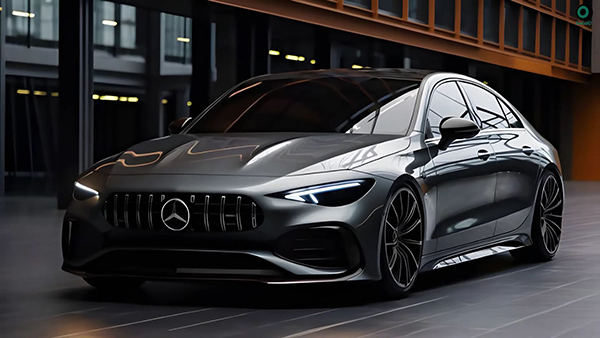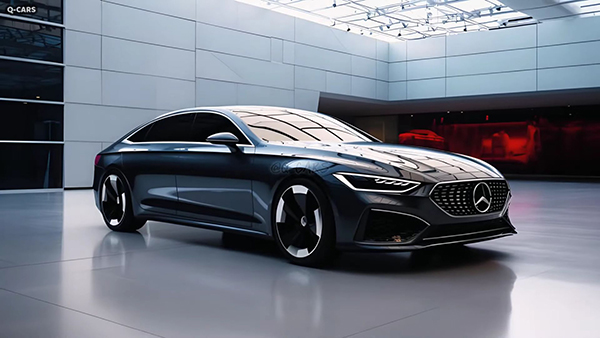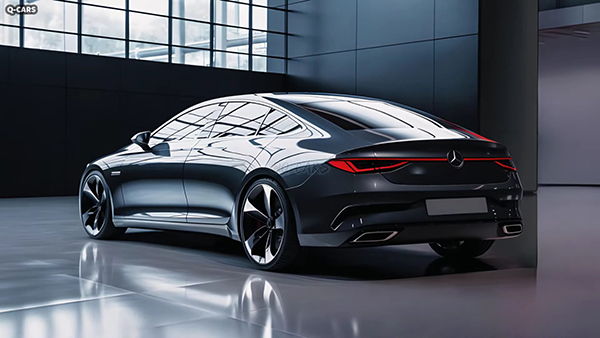In the coming years, German automaker Mercedes-Benz AG will unleash three passenger vehicle platforms and one for vans. The MB.EA is meant for medium and larger passenger vehicles, and this platform is believed to underpin the C-Class EV.

Spied for the first time ever at the beginning of December 2023, the all-electric sedan features a sleek roofline akin to the compact CLA and the mid-size CLS. Rendering artists Q CARS and PoloTo have imagined the C-Class EV in distinct ways, but PoloTo appears to have paid more attention to the heavily camouflaged sedan’s exterior design cues.
As of December 2023, however, nobody except Mercedes-Benz AG knows what the C-Class EV will actually look like. On the other hand, we do know that MB.EA will eventually replace the EVA2 platform of the EQS and EQE. It will be joined by the self-explanatory AMG.EA vehicle architecture, whereas the MMA will underpin compact-sized vehicles.

Similar to the EVA2, the MB.EA of the C-Class EV will feature single- and dual-motor setups. The BMW equivalent is dubbed Neue Klasse, with said platform due to launch in the near future with the i3 sedan and an X3-based electric sport utility vehicle. The i3’s lineup will comprise the rear-drive 40, 50, the 40 xDrive and 50 xDrive, as well as the M60 xDrive.
BMW’s codename for the sedan is NA0, whereas the station wagon is referred to as NA1. The sedan is expected to enter production in November 2026. In addition to Germany, the i3 will also be assembled at Mexico-based BMW Group Plant San Luis Potosi.

The Bavarian automaker is also developing an electric M3, which – depending on body style – is purportedly codenamed ZA0 and ZA1. Previously believed to be called iM3, the zero-emission M3 should enter production in 2027. Coincidentally, the G80-series M3 will end production in February 2027. Turning our attention back to the C-Class EV, you can bet your bottom dollar that AMG will be tasked with developing hi-po variants of the electric sedan.
It’s not clear how big of a difference there is between the MB.EA and AMG.EA, but we’re certain that MB.EA vehicles will be produced at different plants from the AMG.EA. Namely, in Bremen and Kecskemet versus Sindelfingen for the AMG.EA.

Previewed by the Vision AMG concept, super sport vehicles based on the AMG.EA platform will use YASA axial flux electric motors. These motors provide high performance in a lightweight package, which is the perfect combo in a go-faster sedan that – unfortunately – weighs a lot due to its battery pack.
On July 22 of 2021, the German manufacturer announced that it would invest more than 40 billion euros into battery electric vehicle R&D through 2030. The aim for Mercedes-Benz AG is to switch to a fully electric lineup by the year 2030 where market conditions allow for the widespread adoption of electric vehicles, including the US and the EU.
Mercedes-Benz C-Class EV Will Compete Against BMW i3 Sedan
02/01/2024
No Comments
Mercedes-Benz | Mercedes-AMG
Click to rate this post
[Total: 1 Average: 5]